Places To Explore
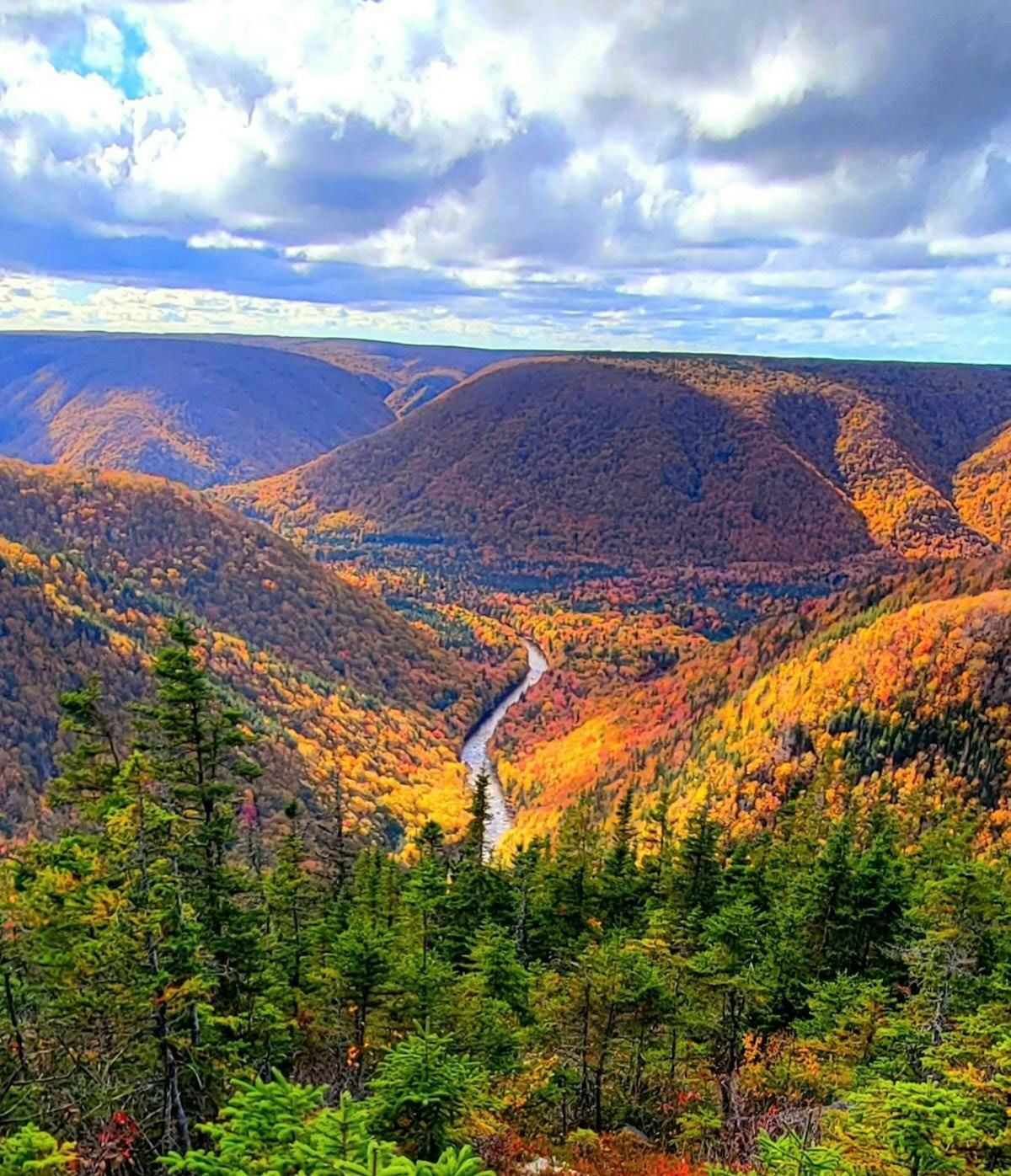
Cape Breton Highlands National Park
Winding through 950 km² of stunning highlands and rugged coastal wilderness in northern Cape Breton, the world-renowned Cabot Trail offers an unforgettable experience for every traveler.
Explore 26 scenic hiking trails, ranging from gentle woodland walks to challenging mountain climbs. Whether you’re camping with family or venturing off the beaten path, Cape Breton Highlands National Park welcomes outdoor enthusiasts with a variety of accommodations and experiences.
Enjoy world-class golf and cycling routes, relax on pristine beaches, and take in panoramic views from dramatic coastal look-offs. With the Gulf of St. Lawrence on one side and the Atlantic Ocean on the other, fresh seafood is never far from your destination.
From natural beauty to maritime culture, the Cabot Trail is where unforgettable journeys begin.
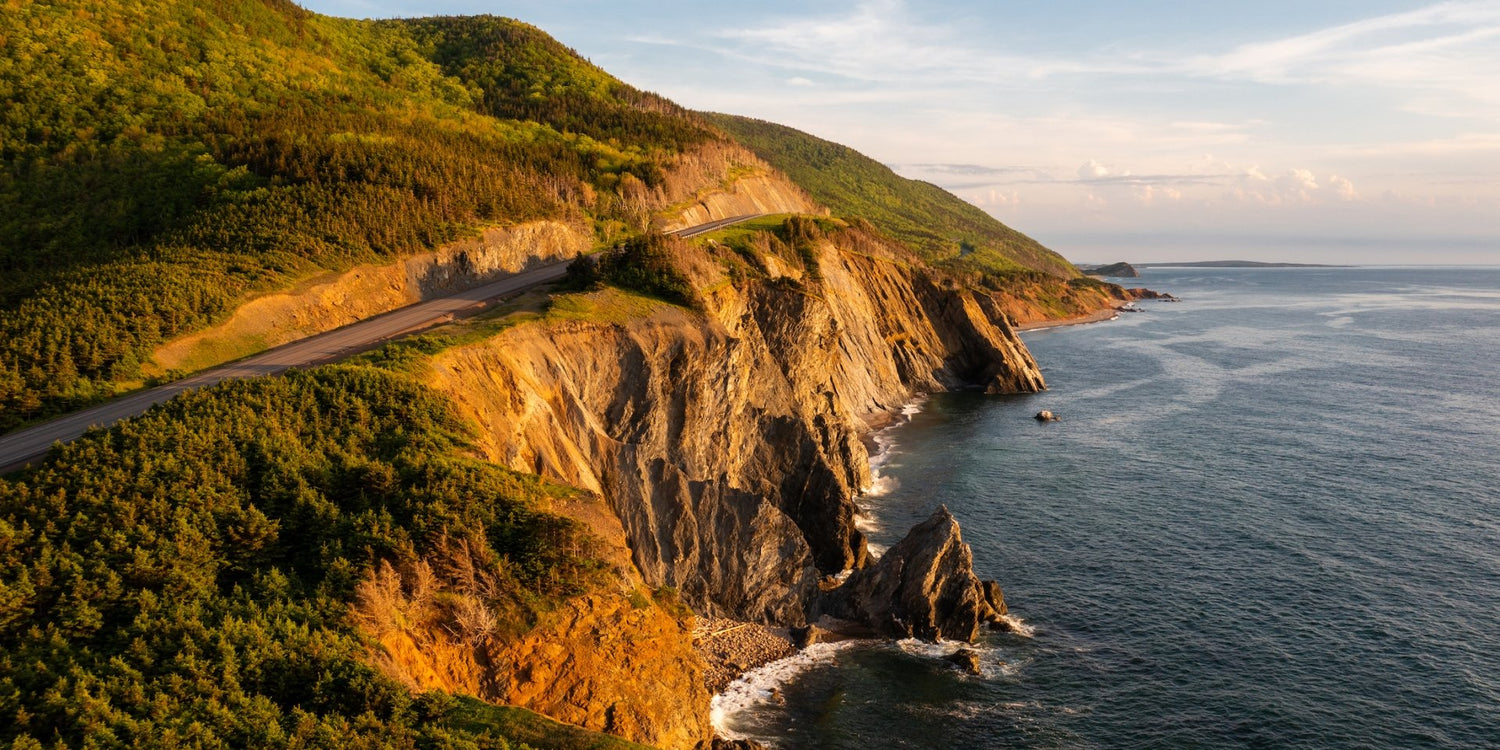
The Cabot Trail
The Cabot Trail is a scenic 298 km highway loop on Cape Breton Island in Nova Scotia. It's renowned for its stunning coastal and mountain scenery, and it's a popular route for road trips, cycling, and hiking. The trail winds through Cape Breton Highlands National Park, offering breathtaking views and numerous opportunities for outdoor activities and exploration.
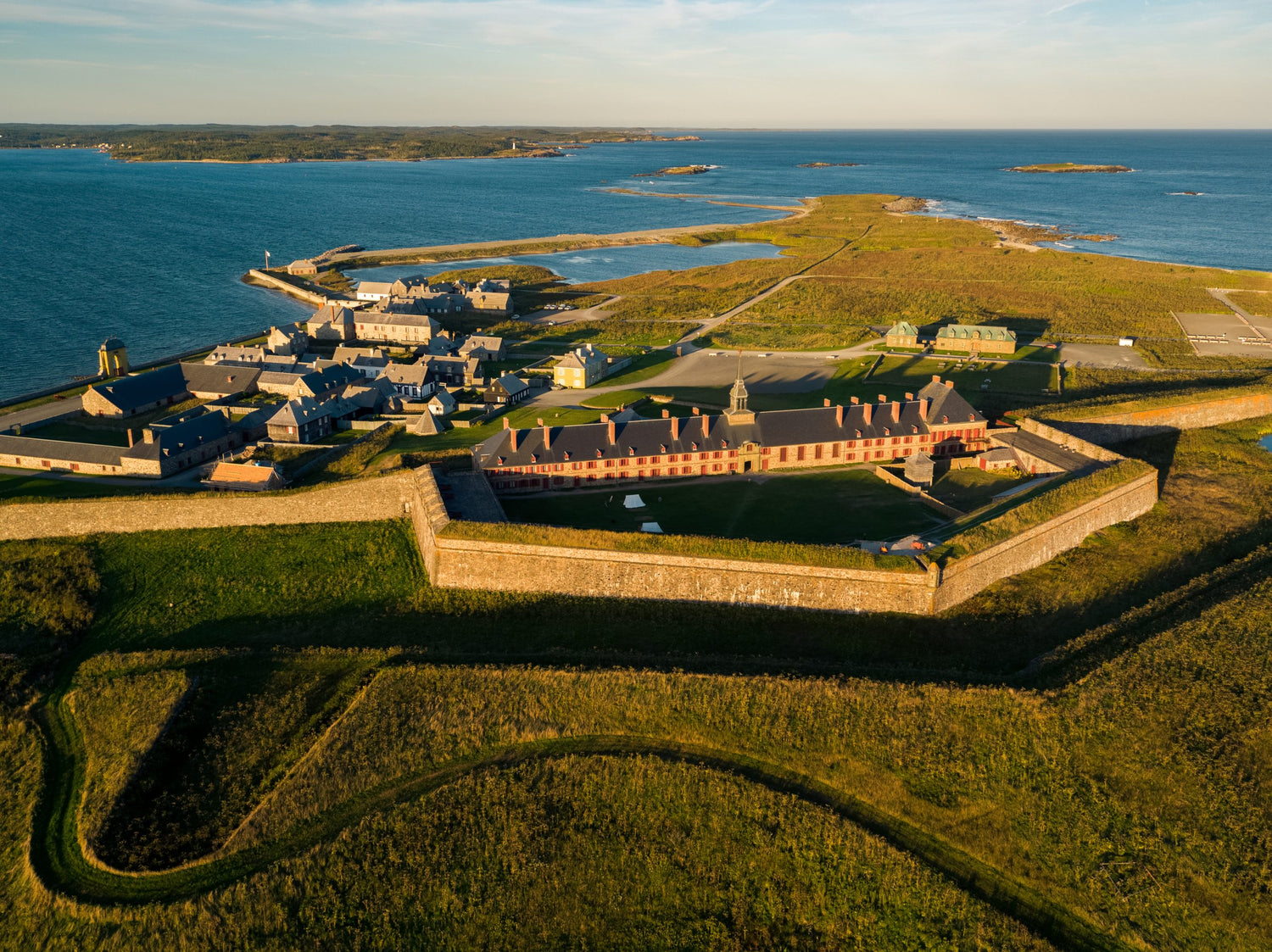
The Fortress of Louisburg
Fortress of Louisbourg is the largest reconstructed 18th-century French fortified town in North America, located on the southeast edge of Louisbourg Harbour adjacent to the Atlantic Ocean in southeastern Cape Breton, Nova Scotia. It is composed of the site of the original fortress as well as associated outlying lands and islands, and contains rare remnants of 18th-century French and British life in North America. Part of the fortress and town of Louisbourg has been reconstructed to assist visitors in understanding its scale, complexity and dimension. The designation refers to original surviving 18th-century elements of the landscape and built resources.
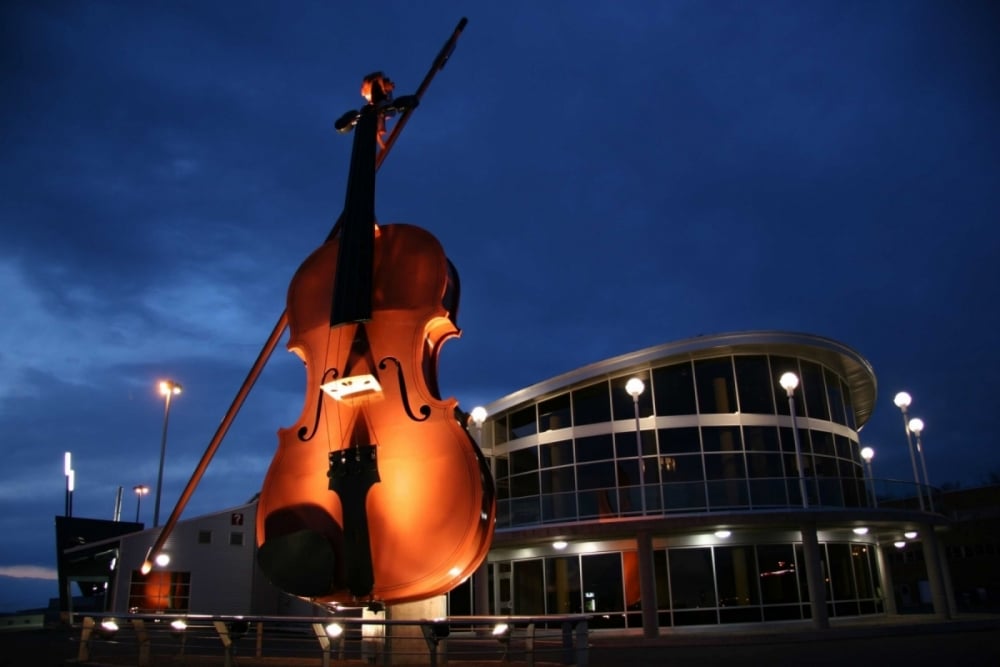
The Worlds Largest Fiddle
Standing tall at a height of 60 feet, It’s The World’s Largest Fiddle and it greets visitors from all over the world who arrive by cruise ship at the Port of Sydney. You can find it next to the Joan Harriss Cruise Pavilion.
The Big Fiddle, as many call it, was designed and constructed by Cyril Hearn in 2005. It is a tribute to the folk music and traditions of the province’s Celtic community.
Made of solid steel, the giant fiddle was dubbed FIDHEAL MHOR A’ CEILIDH or the “Big Fiddle of the Ceilidh”. Ceilidh is a Gaelic word which translates in to “visit”.
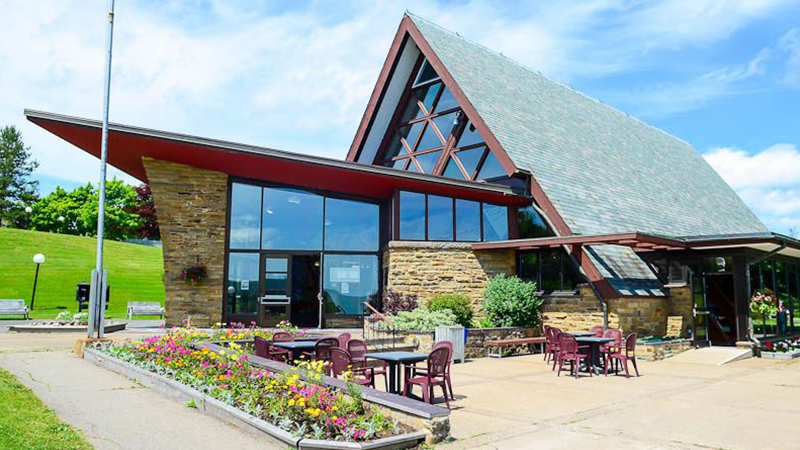
Alexander Graham Bell National Historic Site
Alexander Graham Bell National Historic Site is a 25-acre property in Baddeck, Cape Breton, Nova Scotia, Canada, overlooking the Bras d'Or Lakes. The site is a unit of Parks Canada, the national park system, and includes the Alexander Graham Bell National Historic Site, which contains the largest repository of artifacts and documents from Bell's years of experimental work in Baddeck. This site was designated a National Historic Site in 1952.
The site also features memorabilia associated with Bell's experiments, including: the original hull of a hydrofoil boat, the HD-4, that set a world marine speed record in Baddeck by reaching speeds of over 112 km/h in 1919; a full-scale replica of that boat, the AEA Silver Dart, which in 1909 J.A.D. MacCurdy piloted up into the air over the ice of Baddeck Bay to become the first controlled heavier-than-air craft to be flown in the British Empire. Plus many other exhibits and documents from Bell's years of research activities on the transmission of speech and sound by wire and by light, as well as his experiments with kites, planes and high speed boats.
Link: https://parks.canada.ca/lhn-nhs/ns/grahambell/index
